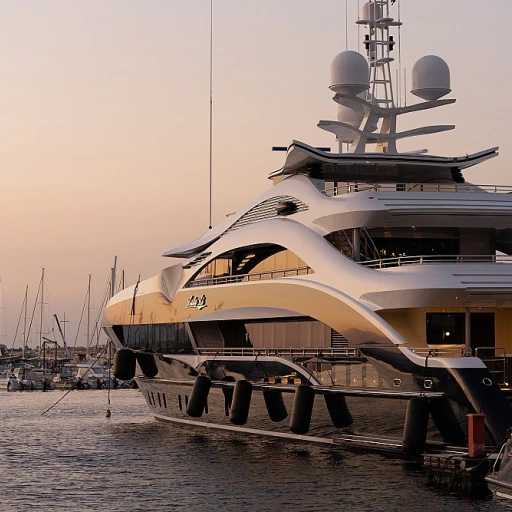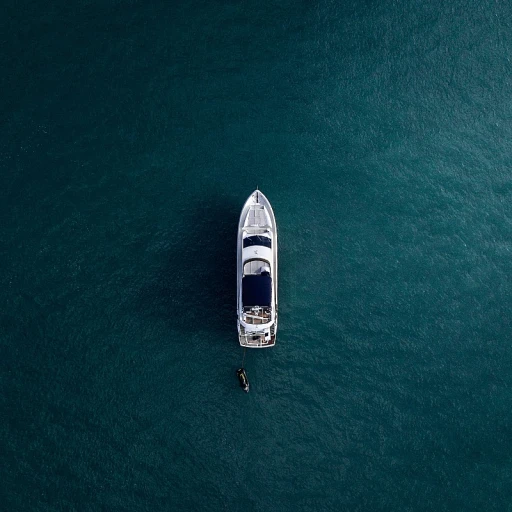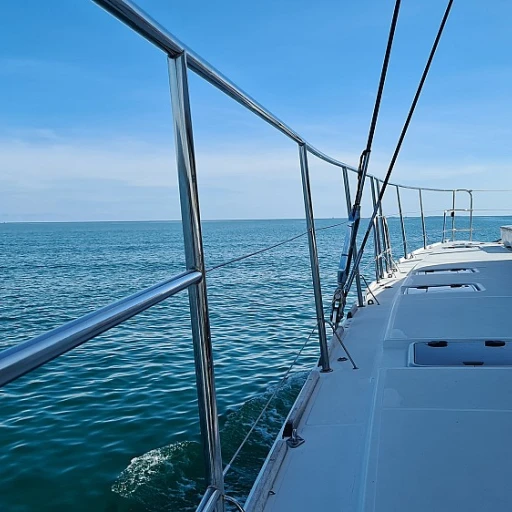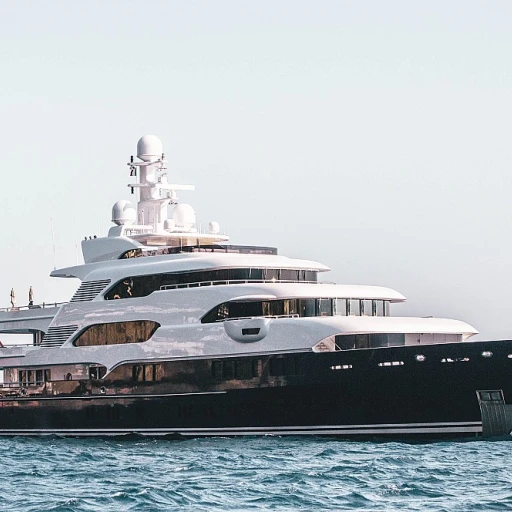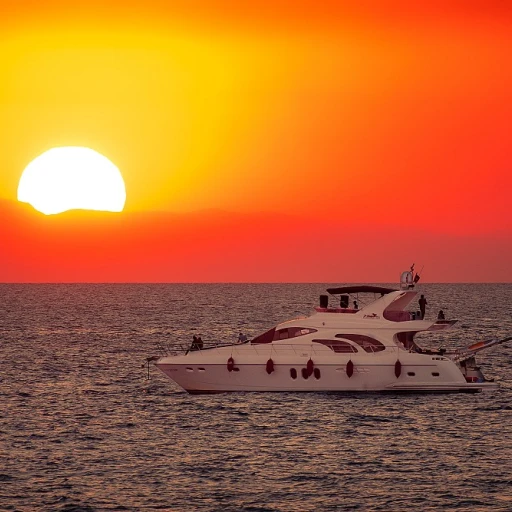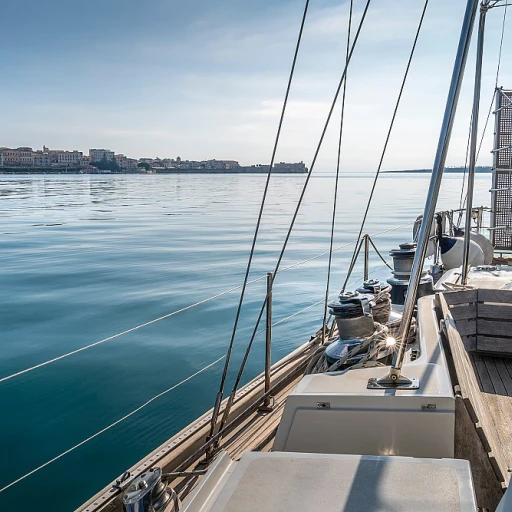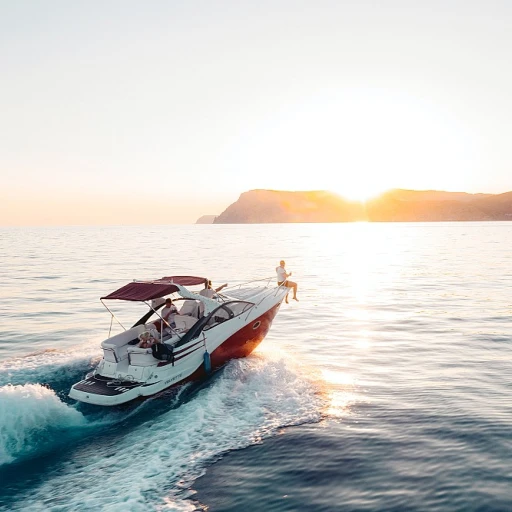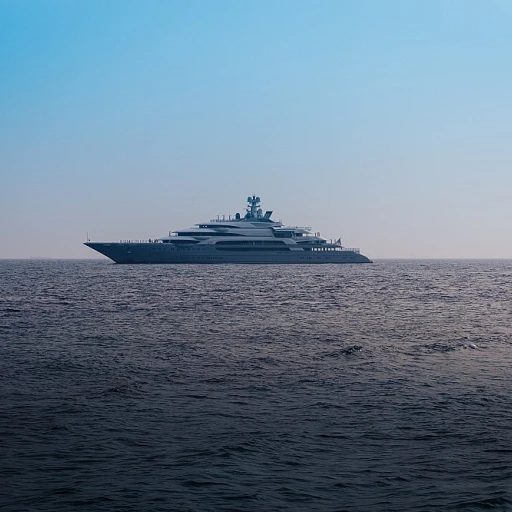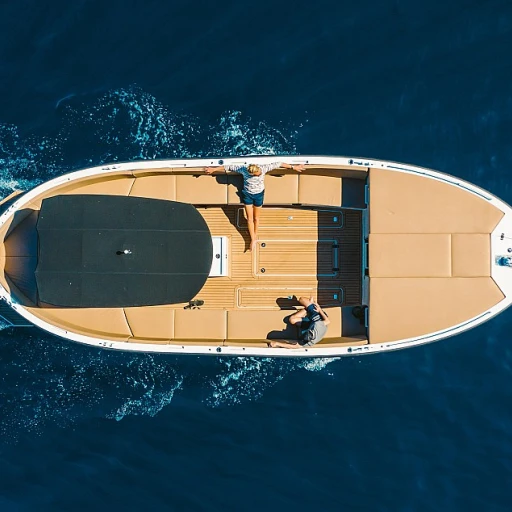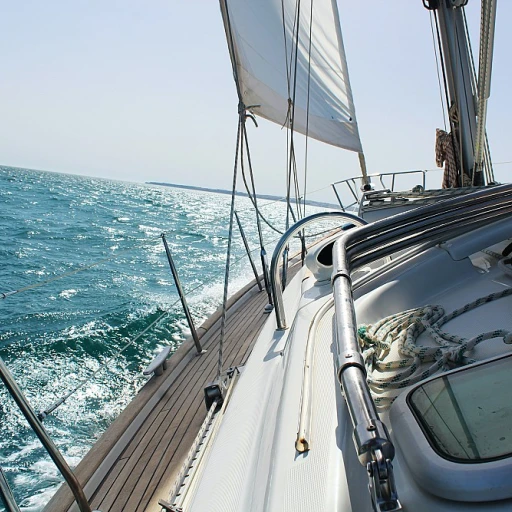
Understanding the Importance of a Sand Anchor
Significance of Sand Anchors in Yacht Operations
Utilizing the correct anchor is a pivotal factor in ensuring your yacht's security, particularly when mooring near the shore or on a sandy beach. The sand anchor plays an integral role when anchoring in shallow water, offering stability and holding power in situations where other anchors might struggle.
On a picturesque day on the serene waters of Cape Cod, yacht enthusiasts often encounter the challenge of anchoring on sandy shores or handling shallow water conditions. A well-designed sand anchor becomes indispensable in such scenarios, efficiently gripping the beach sand and offering reliable security against shifts caused by winds or tides.
Investing in a heavy duty sand anchor ensures that your yacht maintains its position firmly, minimizing the risk of accidental drifting. This is crucial, whether you are leisurely enjoying the views from your pontoon boat or managing a fleet of ships. The importance of selecting the right model cannot be overstated, keeping in mind factors such as price, durability, and suitability for shallow water environments.
To further enhance your yacht experience, a deep understanding of proper anchor usage—such as those discussed in 'Mastering the Art of Anchoring Your Pontoon Boat'—is beneficial. It's advised for yacht owners to familiarize themselves with how a sand anchor complements their overall anchoring strategy for a seamless and secure yachting experience.
Choosing the Right Sand Anchor for Your Yacht
Selecting the Perfect Sand Anchor for Your Vessel
Choosing the right sand anchor for your yacht is essential for ensuring stability and safety, particularly in shallow waters. When you're anchored off a white sand beach, the last thing you want is for your vessel to drift because of inadequate anchoring. Here are some key considerations when selecting a sand anchor:- Anchor Type: There are various types of sand anchors available, from lightweight options for small boats and jet skis to heavy-duty anchors for larger ships. A beach umbrella-style sand anchor can be useful for casual boat beach outings, while more substantial anchor products might be necessary for cape cod settings.
- Material: The material of the anchor influences its durability and performance. Stainless steel anchors are known for their corrosion resistance and strength, making them ideal for repeated use in beach sand environments.
- Size and Weight: Consider the weight and size of the anchor in relation to your boat. While a smaller anchor may be adequate for a pontoon or jet ski, heavier boats require more robust anchors to withstand water movement and currents.
- Anchor Design: Innovative designs, such as spiral augers, are particularly effective in securing a grip in sand and work well as an anchor beach solution. The choice should balance ease of use and anchoring efficiency.
- Price and Accessibility: Factor in the price in USD and the availability of the anchor in shops near your usual docking area. The regular price should reflect the anchor's build quality and performance. Additionally, an anchor kit may offer a cost-effective option with added accessories like ropes or storage bags.
- Purpose and Convenience: Consider whether the anchor is meant for temporary, free anchoring scenarios at a cod beach or for more permanent moorings. Some anchors are designed to fill the role of a multi-purpose tool, serving as both an umbrella sand anchor and a beach anchor.
Proper Techniques for Deploying a Sand Anchor
Steps to Effectively Deploy Your Sand Anchor
Deploying a sand anchor requires a methodical approach to ensure that it performs optimally while safeguarding your boat. Here’s how you can master the technique:- Preparation and Awareness: Before you begin, assess the surrounding conditions, such as water depth and sand quality. These factors will influence the best method for anchoring. Having a comprehensive understanding of your boating equipment, such as anchor kits and stainless-steel components, enhances the efficacy of your anchoring efforts.
- Positioning and Insertion: Approach your desired spot slowly to avoid stirring up the sand unnecessarily. Once at your chosen location, gently place the anchor into the water. Allow it to settle into the sand without forcing it, as this will ensure a stable grip. For a great hold, the sand anchor should penetrate sufficiently into the anchor sand for stability.
- Secure Fixing: After embedding the anchor in the beach sand, apply back tension. This involves carefully reversing your boat to set the anchor into the sand. Proper tension helps the anchor create a solid contact with the sand, thereby holding the boat secure, even in shallow water or during less favorable weather conditions.
- Testing the Hold: Pull back gently on the anchor line to ensure it is firmly lodged. A securely anchored boat shouldn't drift or sway excessively, even if there's a stroke of wind or waves.
Common Challenges and Solutions with Sand Anchors
Overcoming Common Obstacles When Using Sand Anchors
When using a sand anchor, yachtsmen often encounter several challenges that can impact the stability and security of their vessel. Here we explore these common issues along with practical solutions to ensure a safe anchoring experience. Poor Anchor Holding Many yacht enthusiasts struggle with their anchors failing to hold in soft sand or shallow waters. Ensure your anchor is the correct size for your boat, as a small anchor may not have enough weight or surface area to grip the sand effectively. Additionally, deploying the anchor properly, as previously emphasized, is crucial. It's recommended to use a long scope, typically five to seven times the depth of the water, to increase holding power. Difficulty in Finding the Right Spot Beach anchors and sand anchors can be tricky to set if the seabed is inconsistent or too soft. When you're near a white sand beach or a popular cape cod like area, it can be tempting to anchor where other boats are present. Instead, seek a spot with compact, coarse sand, which provides a better grip for your anchor boat. Utilize your boat's GPS and depth gauge to find an area that's suitable. Tidal Changes and Strong Currents Tidal movements and currents can pose a challenge, especially in cod beach or cape cod areas, where heights may fluctuate significantly. To counteract this, check the local tide times and set the anchor during slack tide if possible. This will minimize the effects of current changes on the anchor's hold. Storage and Weight Avoid the inconvenience of cumbersome anchor kits by selecting a sand anchor product that is made of durable, lightweight materials such as stainless steel. This not only ensures longevity in corrosive marine environments but also ease of use while beaching or returning to a pontoon. A beach umbrella style anchor can offer a compact and affordable solution without compromising on anchoring capability. Environmental Impact When considering an anchor kit, remember that your anchoring technique should protect sensitive marine ecosystems. Avoid dragging the anchor across the seabed and minimize anchor strokes that disturb sea life. This is also cost-efficient, as excessive wear can increase the regular price of maintenance or replacement. By addressing these issues and following best practices in deploying and managing your sand anchor, your yacht can remain securely moored while you enjoy the freedom of the open water or the tranquility of beach sand settings.Maintenance and Care for Your Sand Anchor
Essential Care Practices for a Long-Lasting Sand Anchor
Proper maintenance is crucial to ensuring the longevity and effectiveness of your sand anchor, as it faces diverse conditions ranging from the sandy shores of Cape Cod beaches to the shallow waters preferred for leisurely yacht pauses.- Inspect Regularly: Regularly examine the anchor for any signs of wear and tear. High-quality products, whether heavy duty or small in size, are built to last, but a routine check prevents unexpected failures, especially in sandy environments where abrasion can occur.
- Cleaning After Use: After a day securing your boat or beach umbrella against the shifting sands, rinse off your sand anchor thoroughly with fresh water to remove salt, sand, and grime. This protects stainless steel components from corrosion, extending the anchor's lifespan.
- Storage Solutions: Store your anchor in a dry place, away from moisture, to prevent rusting. Having an anchor kit can be a practical choice, providing organized storage and protection, and making it easy to retrieve the anchor when needed.
- Check Anchorage Points: The anchor points, often exposed to pressure and potential damage, should be checked for integrity. For pontoon or jet ski lovers, ensuring the attachment area remains impeccable reduces risk during usage.


